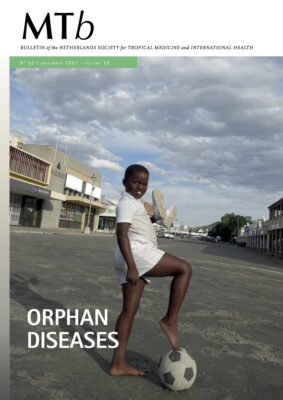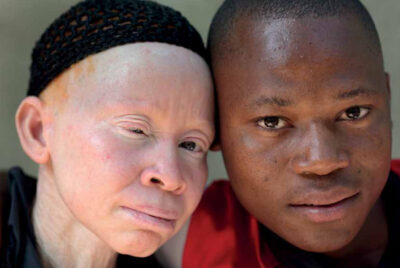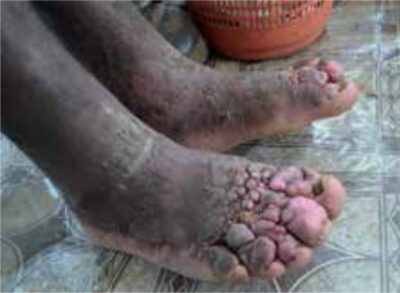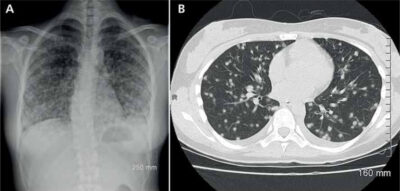
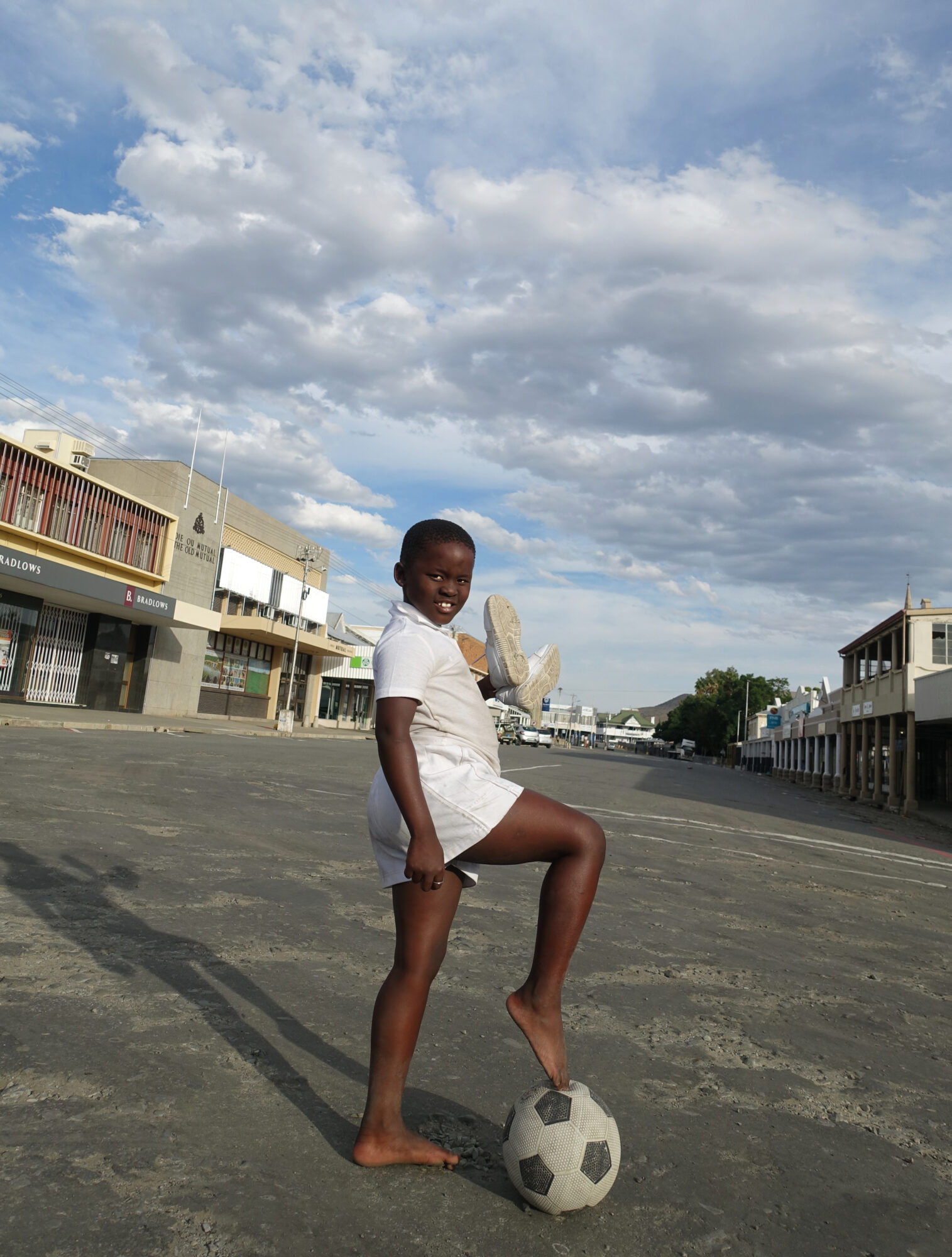
In the year 2000, the ‘big three’ dominated tropical medicine: malaria, HIV/AIDS and tuberculosis. Virtually all research efforts went to those three conditions that no doubt affected millions of people all over the world. While the highest burden was and is in Africa, HIV/Aids is rapidly spreading to high-income countries (HICs) leading to an unprecedented effort in research aimed at identification of the virus, development of a diagnostic test and, eventually, effective treatment, with major public health campaigns focusing on prevention and awareness. As a result, little attention and funding was...
In the year 2000, the ‘big three’ dominated tropical medicine: malaria, HIV/AIDS and tuberculosis. Virtually all research efforts went to those three conditions that no doubt affected millions of people all over the world. While the highest burden was and is in Africa, HIV/Aids is rapidly spreading to high-income countries (HICs) leading to an unprecedented effort in research aimed at identification of the virus, development of a diagnostic test and, eventually, effective treatment, with major public health campaigns focusing on prevention and awareness. As a result, little attention and funding was available for the so-called neglected tropical diseases (NTDs). Médecins Sans Frontières (MSF), who primarily work in the field, were the champions to promote these classical tropical conditions (leprosy, schistosomiasis, and leishmaniasis, among others), as the neglect affected patient management, in particular the lack of effective drugs. Later the non-communicable diseases (NCDs) were also given the attention they deserved; both NTDs and NCDs affect millions of people. While most patients in low- and middle-income countries would fall in one or more of the above categories of diseases, a small group of forgotten diseases remains. These are often found among poor populations who live in remote areas and who have no voice. As these conditions generally occur in small numbers of people, this makes it difficult to compete with other more common (tropical) diseases, especially those that affect people from HICs including tourists. This issue of MTb aims to draw attention to these forgotten, rare diseases. Klaas Marck’s encounter with noma was coincidental, but he made it his life work, resulting in numerous missions and publications. It is not a coincidence that he features in the first new rubric in which we aim to interview anyone (both ‘young’ and ‘old’) who has a story to tell in global health and tropical medicine. We present a spectrum of rare diseases, aimed at informing the readership of their existence, but also at guiding those in training for work in the tropics. Some are easy to diagnose, while others require more advanced tools or are diagnosed clinically. Some are restricted to the tropics; others occur in travellers or migrants. In the extended case report, the emphasis is on the differential diagnosis of a particular and common presentation in a certain epidemiological setting – a common clinical problem. But it is not all about clinical management; Esther Jurgens puts these rare diseases in perspective and addresses ethical issues in the neglect. It is our aim to increase awareness of the existence of these rare and orphan diseases and provide some guidance for medical doctors in global health and tropical medicine (in training) who may come across these conditions in their work. We also wish to draw attention to the underlying ethical and moral implications when it comes to dealing with these ‘orphan patients’: the patients suffering from disease many of us may not know about, but that still affect large numbers of people worldwide.
Ed Zijlstra
Maud Ariaans
















































